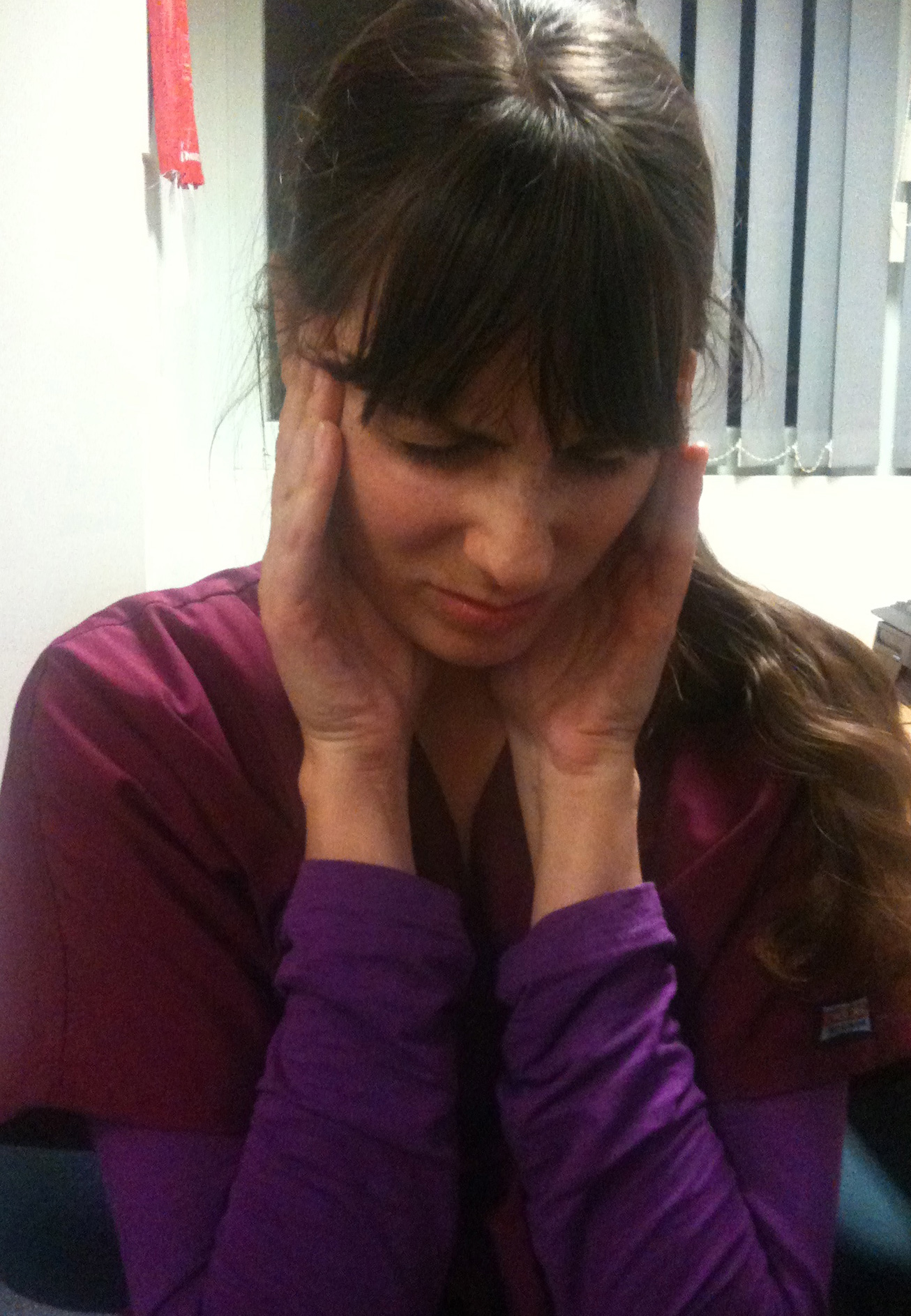
Tension headache
Tension headache, stress headache, or tension-type headache (TTH), is the most common type of primary headache. The pain usually radiates from the lower back of the head, the neck, the eyes, or other muscle groups in the body typically affecting both sides of the head. Tension-type headaches account for nearly 90% of all headaches.
Pain medications, such as paracetamol and ibuprofen, are effective for the treatment of tension headache.[1][2] Tricyclic antidepressants appear to be useful for prevention.[3] Evidence is poor for SSRIs, propranolol and muscle relaxants.[4][5]
The 2016 Global Burden of Disease study revealed that TTHs affect about 1.89 billion people and are more common in women than men (30.8% to 21.4% respectively).[6] TTH was most prevalent between ages 35 and 39. Despite its benign character, tension-type headache, especially in its chronic form, can impart significant disability on patients as well as burden on society at large. In 2016, the global burden of TTH was reported to be 7.2 million years of life lived with disability (YLDs). The YLD was calculated using TTH prevalence and average time spent with TTH multiplied by percentage health loss caused by TTH (3.7%).
According to the third edition of the International Classification of Headache Disorders,[7] the attacks must meet the following criteria:
Tension-type headaches may be accompanied by tenderness of the scalp on manual pressure during an attack.
Various precipitating factors may cause tension-type headaches in susceptible individuals:[8]
Prevention[edit]
Lifestyle[edit]
Good posture might prevent headaches if there is neck pain.[19]
Drinking alcohol can make headaches more likely or severe.[19]
Drinking water and avoiding dehydration helps in preventing tension headache.[19]
People who have jaw clenching might develop headaches, and getting treatment from a dentist might prevent those headaches.[19]
Using stress management and relaxing often makes headaches less likely.[19]
Biofeedback techniques may also help.[20]
Medications[edit]
People who have 15 or more headaches in a month may be treated with certain types of daily antidepressants which act to prevent continued tension headaches from occurring.[19] In those who are predisposed to tension type headaches the first-line preventative treatment is amitriptyline, whereas mirtazapine and venlafaxine are second-line treatment options.[21] Tricyclic antidepressants appear to be useful for prevention.[3] Tricyclic antidepressants have been found to be more effective than SSRIs but have greater side effects.[3] Evidence is poor for the use of SSRIs, propranolol, and muscle relaxants for prevention of tension headaches.[4][5]
Epidemiology[edit]
As of 2016 tension headaches affect about 1.89 billion people [6] and are more common in women than men (23% to 18% respectively).[32] Despite its benign character, tension-type headache, especially in its chronic form, can impart significant disability on patients as well as burden on society at large.[33]